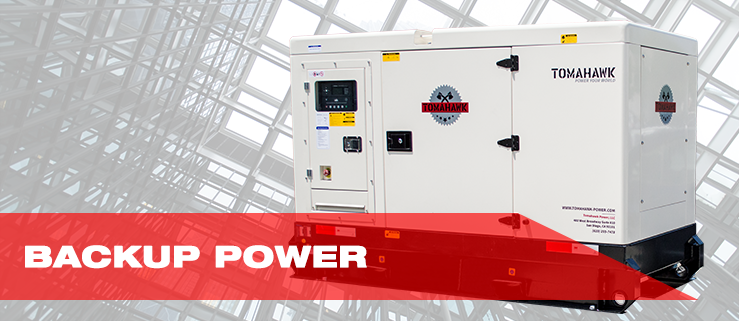The name for the diesel engine we know today comes from its inventor, Rudolf Christian Karl Diesel. Rudolf Diesel was born on March 18th, 1858 in Paris, France. His parents were from the southern German state of Bavaria, and had relocated to Paris as leather goods manufacturers. Due to the eventual outbreak of the Franco-Prussian war in 1870, the Diesel family was forced to move to England. Rudolph was eventually able to return to Germany, and study engineering at Munich Polytechnic.
By 1892, Rudolph had already filed for his first patents for his new internal combustion engine. From 1893-1897, Rudolph continued to work on his designs at Maschinenfabrik-Augsburg, a German mechanical engineering firm in Augsburg, Germany that is now known as Maschinenfabrik-Augsburg-Nürnberg (MAN).
On his 3rd design attempt in 1897, and with the backing of Swiss company Sulzer Brothers, Rudolph was able to create a functional internal combustion engine, which ran at 75% efficiency. Although 75% efficiency may seem low, it is important to remember that at that time, the popular steam engines were running at about 10% efficiency. Throughout the 1890s, Rudolph received several patents with regards to his new engine designs, which many consider an evolution of the hot-bulb engine designed by Herbert Akroyd Stuart in 1890.
The principle difference between the 2 engines was that the hot-bulb engine required an external heat source to heat up an ignition chamber, and by spraying fuel into the preheated area, it would create ignition. The engine designed by Rudolph Diesel did not require an external heat source, and was also better at controlling the timing of the fuel injection.
Rudolph Diesel’s designs and inventions were improved upon throughout the 20th century. Diesel engines have hundreds of applications throughout a variety of industries; automotive, agricultural, electrical, and construction to name a few. The diesel engine is still being improved upon to this day, especially with regards to diesel emission standards.










